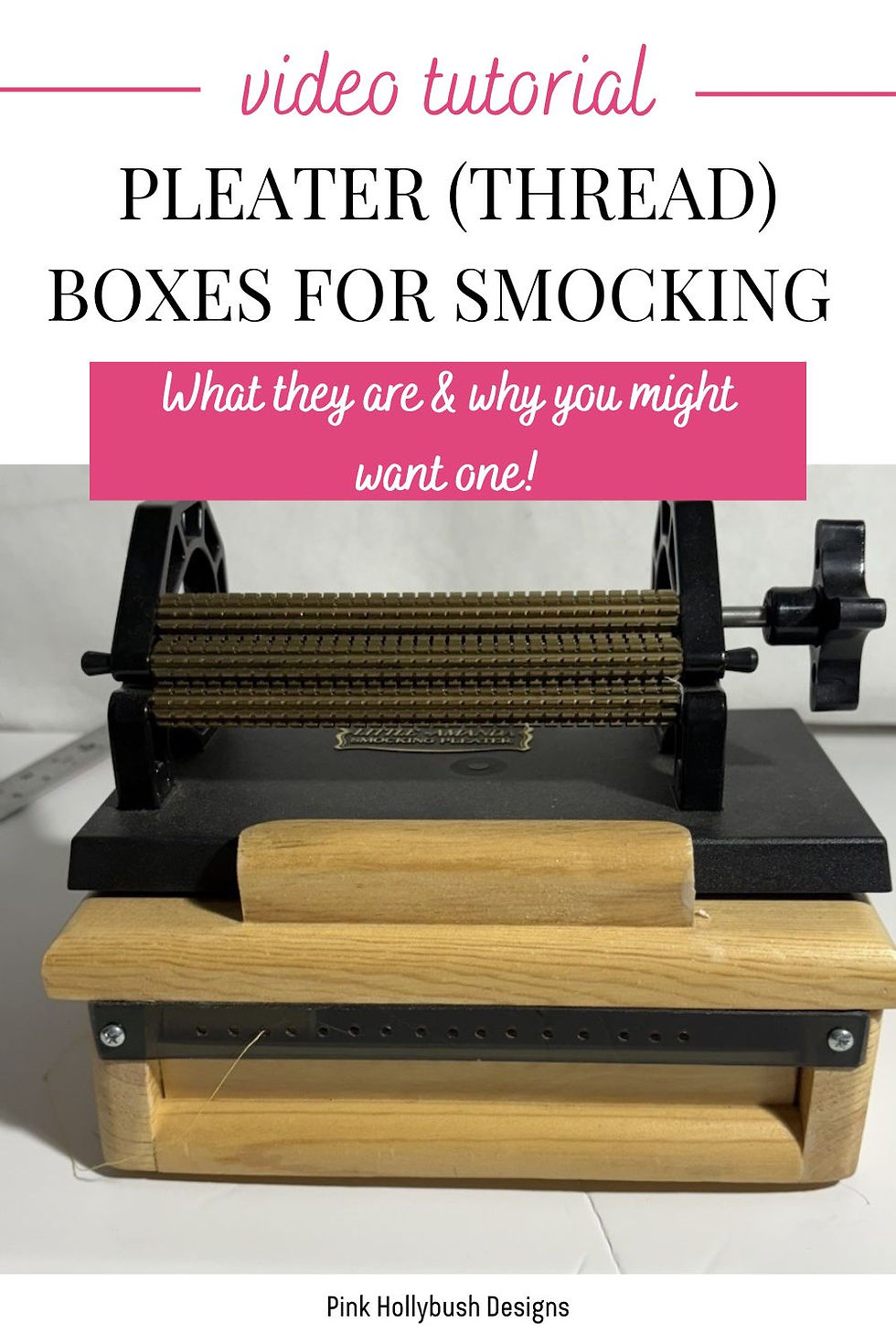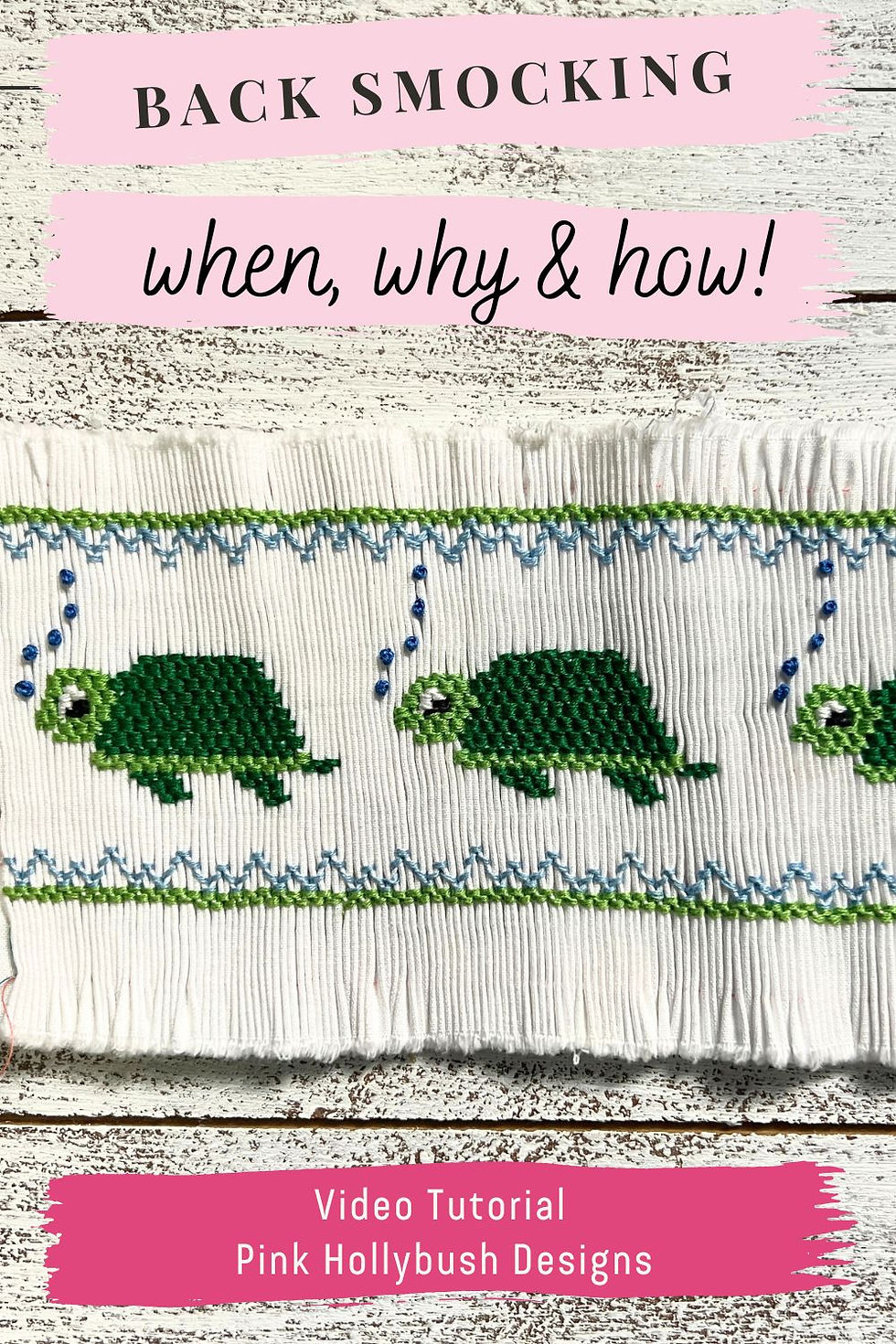Know your Smocking Needles
- Lisa Hawkes
- Feb 15, 2019
- 2 min read
Updated: Jun 3, 2019

Sometimes when we have been doing something for a long time, there is just so much knowledge that we take for granted, and don't realize that someone who is just beginning doesn't know. That certainly is the case for me and smocking. I originally wrote the blog post "How to Read a Smocking Graph" when I realized that my adult daughter who was proof reading my directions for an ornament kit kept asking why I was referring to a particular color in the smocking directions. it was only then that I realized she wasn't reading the smocking graph and had no idea how to! Thanks to that realization, last year I did a whole series on Smocking: The Basics and thought I had covered everything, but I never discussed the different types of hand needles and why we use one verses the other for smocking! So here is a quick video tutorial that discusses the subject!
For those who prefer to read, smocking is typically done with 3 strands of embroidery floss to achieve a nice full coverage. The goal is for the strands to lie side by side, not one on top of each other. That requires a needle with a sharp point to pierce the fabric and an elongated eye to allow the three strands of floss to lie side by side. Either a number 7 or 8 Embroidery needle (also known as a Crewel needle) or a number 7 Darner (originally used to darn socks) will give a good result. My preference is a number 7 Darner. The longer shaft helps me line up my stitches (you can see this on the video). The needle that you do not want to use is a Sharps. Sharps are general sewing needles that have a small round eye made to accommodate a single strand of thread. Sharps are the general sewing needles that are used to hem or mend. They are wonderful for that purpose, but don't have the elongated eye to allow the floss to lie flat.

For picture smocking where four strands of floss are typically used, you may want to try a Number 5 Embroidery Needle or a Number 5 Darner. The number 5 is a little larger than the number 7. The smaller the number, the larger the needle. Another option is the number 22 or 24 Chenille Needle. A Chenille Needle has a long eye and a thick shaft. The thicker shaft makes a larger hole in the fabric and again allows those four strands to lie side by side. I hope this quick tutorial is helpful and Happy Smocking!




